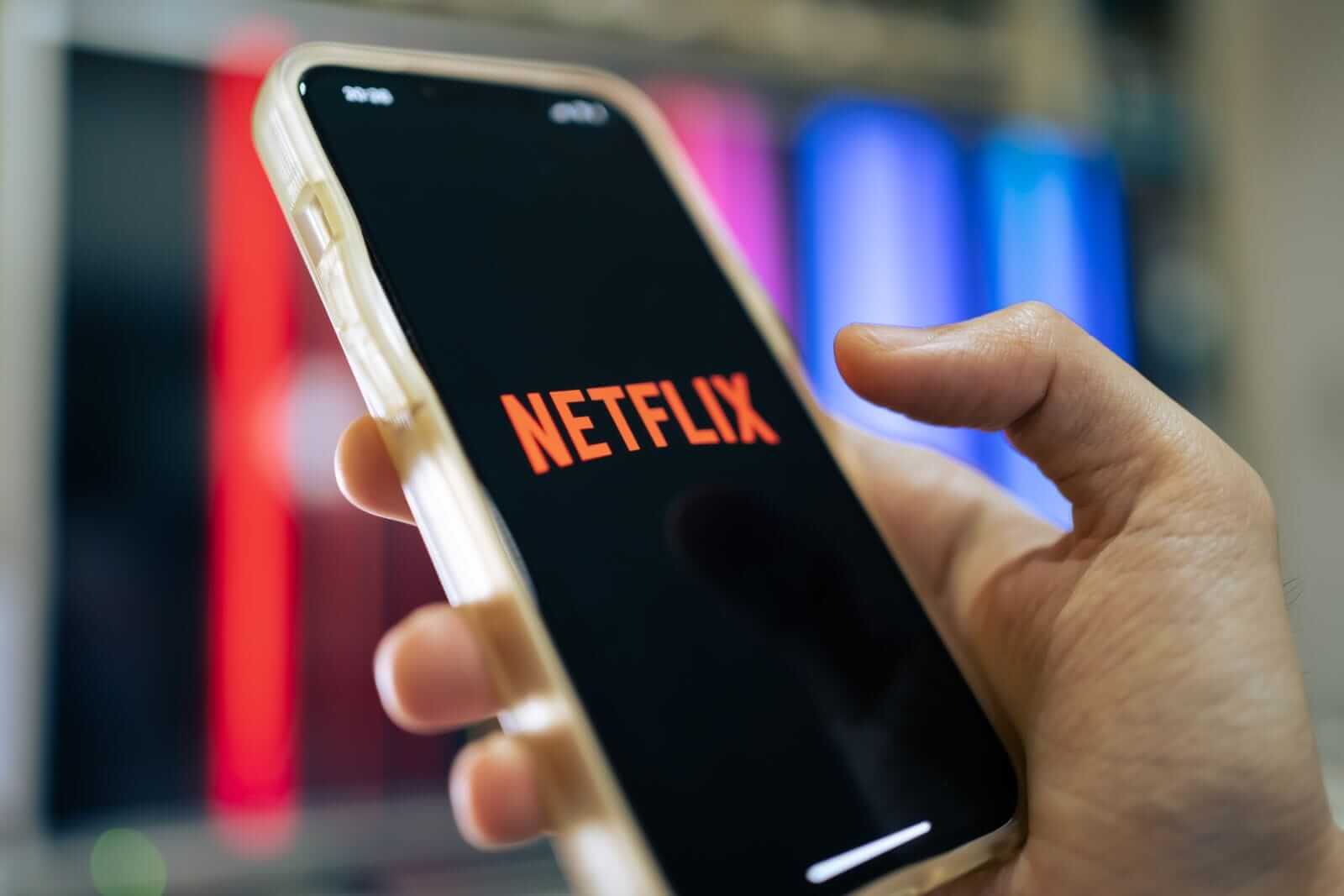Copyright Barchart

Netflix (NFLX) reported its Q3 2025 earnings yesterday, Oct. 21, after the close of markets. While the streaming giant posted in-line revenues, its profits fell short of expectations. In this article, we’ll discuss why it makes sense to buy the dip in the stock that has looked weak since hitting its record highs late June. Netflix Q3 Earnings: In-Line Revenues and EPS Miss Netflix’s Q3 revenues grew 17% year-over-year to $11.51 billion, which was in line with the company’s guidance as well as Street estimates. The company’s operating margin, however, came in at 28% compared to the 31.5% it had guided for. Netflix blamed the miss on a tax dispute in Brazil, which it hadn’t baked into its forecast. A lower-than-expected operating margin meant that the company missed earnings per share (EPS) estimates, and the metric landed at $5.87 versus the $6.89 that analysts were expecting. Meanwhile, Netflix noted that if not for the nearly $619 million expense related to the Brazil tax issue, it would have exceeded its operating margin guidance. Importantly, the company added that it does not expect “this matter to have a material impact on future results.” Netflix expects revenues to rise 17% in the current quarter, led by a combination of membership growth, an increase in ad sales, and higher pricing. Responding to an analyst’s question over the outlook for 2026, co-CEO Gregory Peters said that the “business is very healthy.” He pointed to strong engagement in the quarter, where Netflix had a record share of TV time in the U.K. and the U.S. Should You Buy the Dip in NFLX Stock? I remain bullish on Netflix stock and see the post-earnings dip as a buying opportunity. Here’s why. Ad Business Continues to Grow: While Netflix does not provide a dollar figure for its ad business, it reiterated that its ad revenues are on track to more than double in 2025, following similar growth last year. Responding to a question on whether revenues could double in 2026 as well, while Peters did not give a definitive answer, he said, “We are feeling good about our growth trajectory.” I believe Netflix has just about scratched the surface when it comes to the ad business, and given the strong engagement on the platform, it would be a good proposition for advertisers to reach their target audience. While the company’s ad revenue might not keep on doubling annually until eternity, it should continue to grow at a brisk pace. Live Events: Live events have been a battleground for streamers who have been scrambling to secure deals in the space. Netflix has also been focusing on live events and has bagged many deals, including broadcasting rights for the 2027 and 2031 FIFA Women’s World Cups in the U.S. and Canada. It has also partnered with World Wrestling Entertainment and has a three-season contract for Christmas Day NFL games. Live events help make Netflix even more valuable for its members, which results in higher engagement and retention. Video Gaming: Netflix sees gaming as a $140 billion market globally, excluding China and Russia. This does not include the related ad revenues, which the company is currently not participating in. Gaming not only increases Netflix’s value proposition for users, but could also be a revenue opportunity in the future. Merchandise Sales: Netflix is doubling down on merchandise sales and has partnered with Mattel (MAT) and Hasbro (HAS) for merchandise sales of KPop Demon Hunters. As Netflix creates more iconic characters, merchandise sales could start becoming a significant contributor to the company’s earnings. Netflix continues to become increasingly indispensable for most users, including myself. As co-CEO Ted Sarandos said during the Q3 earnings call, the most “important thing we have to do is thrill our audiences,” while emphasizing “the revenue from advertising or subscription is a reward for thrilling the audience.” I couldn’t agree more with that statement, as Netflix has gradually upped its game and has managed to extend its lead over rivals. It has not only meant growth in subscribers at a time when streaming peers like Disney (DIS) are struggling to grow their subscription base, but it has also enabled the company to charge a higher price. Yes, Netflix’s valuations have often been concerning for me. However, the stock looks like a decent buy after the crash today, as while it did miss profit estimates, it was on account of a one-time charge. The long-term growth story remains intact as Netflix continues to build on its lead in the streaming industry while looking for new growth avenues like ad sales, live events, video games, and merchandise sales.



